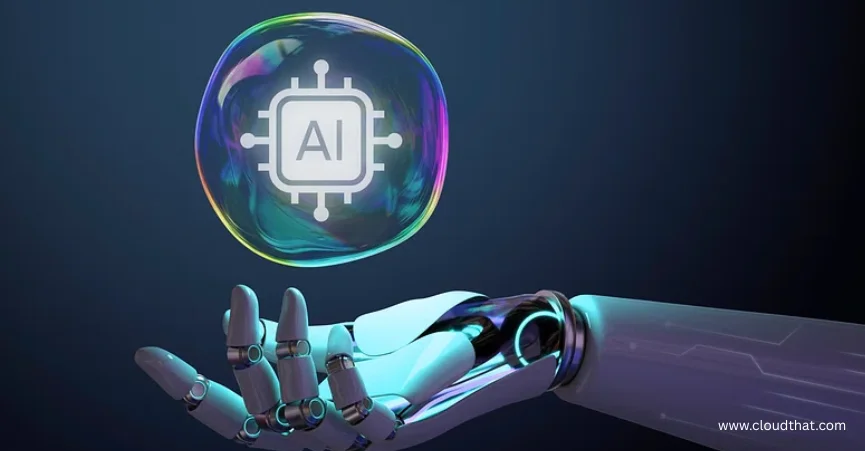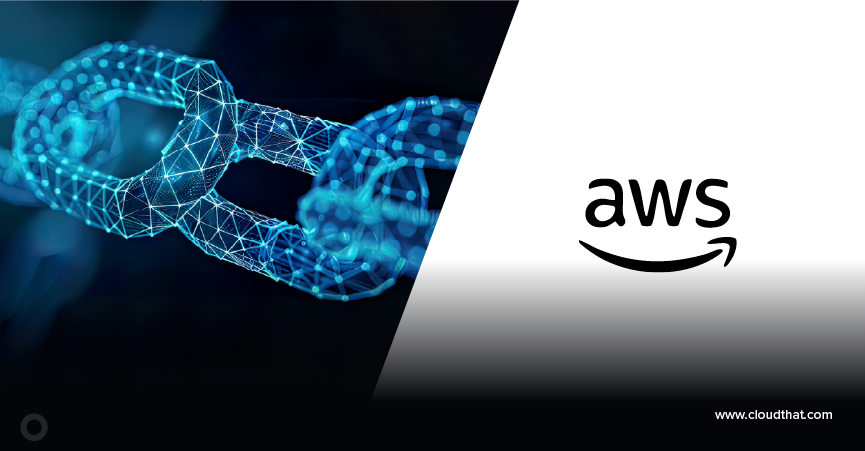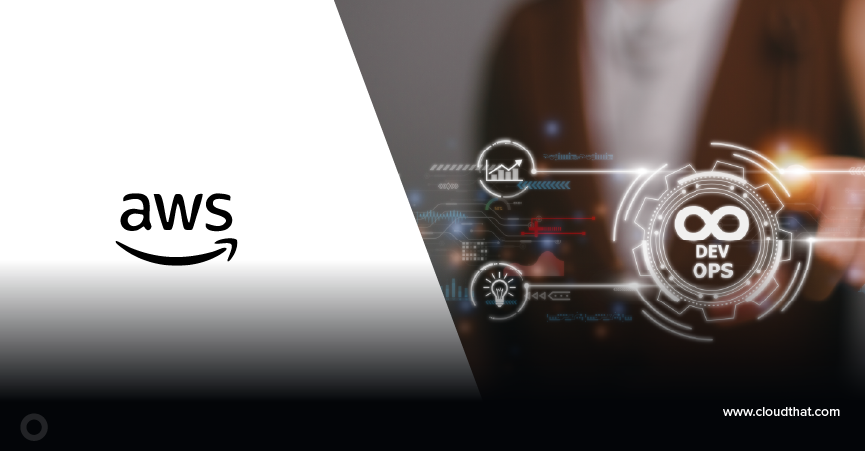|
Voiced by Amazon Polly |
Introduction
Transfer learning is a machine learning paradigm involving leveraging knowledge gained from one task and applying it to a different but related task. In traditional machine learning, models are typically trained using a large dataset from scratch for a specific task. However, transfer learning takes a different approach by reusing knowledge acquired from a source task to improve the learning of a target task. This methodology is particularly powerful in deep learning, where models have millions of parameters and require substantial data for effective training.
Pioneers in Cloud Consulting & Migration Services
- Reduced infrastructural costs
- Accelerated application deployment
Concept of Transfer Learning
- Pre-trained Model: A pre-trained model is used as a starting point in transfer learning. This model is typically trained on a large dataset and has learned useful generic features across various tasks.
- Task-Specific Adaptation: The pre-trained model is then adapted or fine-tuned for the target task. This involves updating the model’s parameters using a smaller, task-specific dataset.

Benefits of Transfer Learning
- Reduced Training Time: Training deep learning models from scratch on large datasets can be computationally expensive and time-consuming. Transfer learning allows you to start with a model that has already learned useful features, reducing the training time for the new task.
- Improved Performance: Transfer learning often leads to better performance on the target task than training a model from scratch. The pre-trained model has already captured valuable patterns and representations, which can benefit tasks with limited labeled data.
- Effective in Low-Data Scenarios: Transfer learning is particularly useful when the target task has a small dataset. Deep learning models require large amounts of data for effective training, and transfer learning helps mitigate the data scarcity problem.
- Generalization to Similar Tasks: Transfer learning allows models to generalize well to tasks similar to the pre-training task. This is especially valuable when dealing with tasks that share underlying patterns or features.
Application to Speed Up Training and Improve Performance
- Feature Extraction with Pre-trained Models:
Algorithm Overview:
- Use a pre-trained neural network (often trained on a large dataset like ImageNet) as a feature extractor.
- Remove the final classification layer(s) of the pre-trained model.
- Add new layers that are specific to the target task.
- Train the model on the target task using the new layers while keeping the pre-trained layers frozen.
Example: In computer vision, a pre-trained Convolutional Neural Network (CNN) like ResNet, VGG, or Inception can be used. Remove the fully connected layers, add new layers for the target task, and train on a smaller dataset for a specific image classification task.
- Fine-Tuning:
Algorithm Overview:
- Like feature extraction, fine-tuning involves updating the weights of some or all layers in the pre-trained model instead of keeping the pre-trained layers frozen.
- The learning rate for the pre-trained layers may be set lower than the learning rate for the new layers to preserve the knowledge gained during pre-training.
Example: Continue training a pre-trained image classification model on a smaller dataset for a specific task with a lower learning rate for the early layers and a higher learning rate for the task-specific layers.
- Domain Adaptation:
Algorithm Overview:
- Adjust a pre-trained model to perform well on a target domain that may differ from the source domain used during pre-training.
- This can involve methods like adversarial training or other techniques that minimize the domain gap.
Example: Train a model on a dataset from one domain (e.g., day-time images) and then fine-tune it on a target domain with different characteristics (e.g., night-time images).
- Sequential Transfer Learning:
Algorithm Overview:
- Perform transfer learning sequentially, where a model is initially trained on a source task, and then the learning is transferred to a target task.
- The model can be fine-tuned on multiple tasks in sequence.
Example: Train a model for a generic task like image classification and then fine-tune it for more specific tasks like object detection or segmentation.
- Self-Supervised Learning:
Algorithm Overview:
- Pre-train a model on a task where the labels are automatically generated from the input data (self-supervised learning).
- Transfer the knowledge gained from this pre-training to a downstream task with limited labeled data.
Example: Use a self-supervised task to pre-train a model, such as predicting a part of an image given the rest of the image. Then, fine-tune the model on a specific supervised task.
Use Cases of Transfer Learning
Image Classification:
Use Case: Transfer learning is widely applied in image classification tasks. Pre-trained convolutional neural networks (CNNs) can be adapted for specific image recognition tasks with limited labeled data.
Object Detection:
Use Case: Models pre-trained on large datasets for general object recognition can be fine-tuned for specific object detection tasks, reducing the need for extensive labeled data.
Natural Language Processing (NLP):
Use Case: Pre-trained language models, such as BERT or GPT, can be fine-tuned for various NLP tasks like sentiment analysis, named entity recognition, or text classification.
Medical Imaging:
Use Case: Transfer learning is applied in medical imaging for tasks like tumor detection. Models pre-trained on diverse datasets can be adapted for specific medical imaging tasks.
Speech Recognition:
Use Case: Pre-trained models for general speech recognition can be fine-tuned for specific accents or languages with limited labeled data.
Autonomous Vehicles:
Use Case: Transfer learning is used in computer vision tasks for autonomous vehicles, adapting models trained on general scenes to specific environments or road conditions.
Conclusion
By leveraging knowledge gained from pre-trained models, practitioners can build more effective and efficient models for various applications. Despite its success, careful consideration of the choice of pre-trained models, the nature of the tasks, and the specifics of fine-tuning are essential for achieving optimal results.
Drop a query if you have any questions regarding Transfer learning and we will get back to you quickly.
Making IT Networks Enterprise-ready – Cloud Management Services
- Accelerated cloud migration
- End-to-end view of the cloud environment
About CloudThat
CloudThat is an award-winning company and the first in India to offer cloud training and consulting services worldwide. As a Microsoft Solutions Partner, AWS Advanced Tier Training Partner, and Google Cloud Platform Partner, CloudThat has empowered over 850,000 professionals through 600+ cloud certifications winning global recognition for its training excellence including 20 MCT Trainers in Microsoft’s Global Top 100 and an impressive 12 awards in the last 8 years. CloudThat specializes in Cloud Migration, Data Platforms, DevOps, IoT, and cutting-edge technologies like Gen AI & AI/ML. It has delivered over 500 consulting projects for 250+ organizations in 30+ countries as it continues to empower professionals and enterprises to thrive in the digital-first world.
FAQs
1. Can transfer learning be applied to any neural network?
ANS: – Yes, transfer learning can be applied to various types of neural networks, including convolutional neural networks (CNNs) for image-related tasks, recurrent neural networks (RNNs) for sequential data, and transformer-based models for natural language processing.
2. How do I choose a pre-trained model for transfer learning?
ANS: – The choice of a pre-trained model depends on the nature of your task and the available pre-trained models. Models like VGG, ResNet, and Inception are common for computer vision, while BERT and GPT are popular for NLP.

WRITTEN BY Neetika Gupta
Neetika Gupta works as a Subject Matter Expert at CloudThat with experience deploying multiple data science projects across various cloud platforms. She has successfully delivered end-to-end AI applications tailored to business requirements on cloud frameworks such as AWS, Azure, and GCP. Neetika also specializes in deploying scalable applications using CI/CD pipelines.


 Login
Login


 December 4, 2023
December 4, 2023 PREV
PREV










Comments